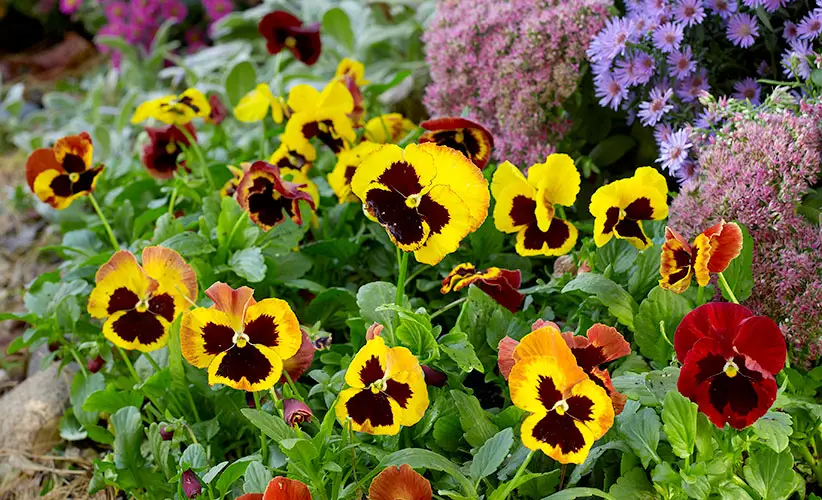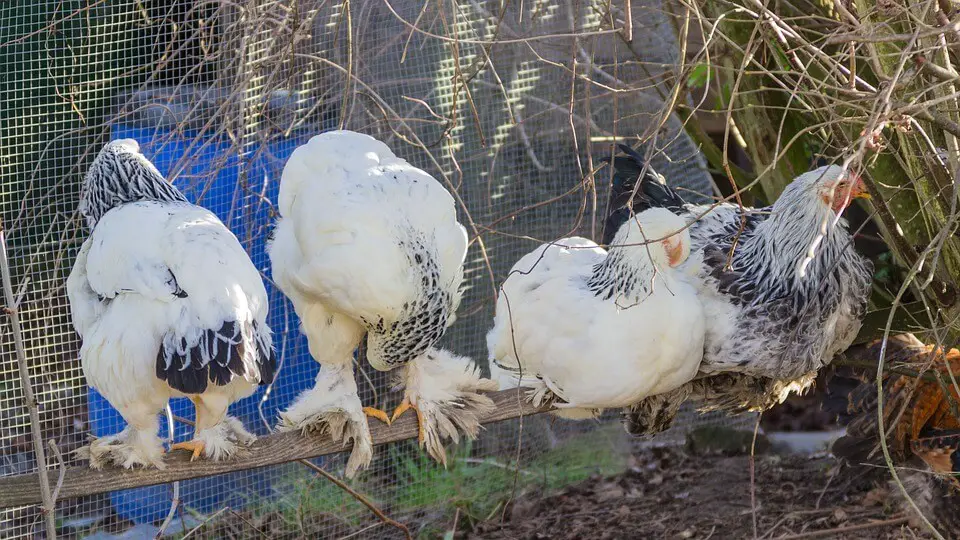Can I have An Alpaca In My Backyard?
Last Updated on April 3, 2020 by Duncan
They resemble an ostrich mixed with a camel and a standard poodle. They are thin, tall, and cuddly looking.
They have the softest hair and extremely cheap to keep as livestock. They are the Alpacas.
If you love having animals in your home, you must be wondering, can I have alpaca in my backyard?
Yes, you can have an alpaca in your backyard but always ensure that you don’t have only have one—have several of them. This is because Alpacas are extremely social within their herd.
You shouldn’t have fewer than three Alpacas as they have a hierarchical structure.
They are matriarchal, so even if you have a male in with the females, the female will be the boss. Within a herd of males, there will always be a leader there too.
You shouldn’t have only one Alpaca as it will get sick and die. If you have two, you will have one that likes to be in charge and another that gets bossed around.
With three Alpacas in your yard, there will be a leader, and then the other two will know their roles.
Studies have shown that a herd with three or more Alpacas is happier and more settled, so always strive to go for this.
In a herd, Alpacas spend their time within family units where the sisters, mothers, and babies hang out together within the herd.
The mothers are pregnant for almost a year and give a lot of attention to the babies where they nurse them for six to eight months before they wean them.
How much land do you need to keep Alpacas?
You need one acre of land for every five animals. You can keep up ten Alpacas in one acre, but you should supply them with hay at least once or twice a day to supplement their diet. This is because the grass in one acre is too little for them.
Alpacas graze on fescue grass and alfalfa in the designated pasture areas. To ensure the animals always feed on fresh grass, have different pasture areas where you can rotate the herd.
You should keep males (7 months of age and older) and females in separate pastures.
To control the spread of diseases, clean the pastures at least twice a week. If you have small fenced areas such as pens where you groom, water, and give hay, ensure they are properly maintained and cleaned every day.
Fencing in Alpacas
Since they have padded feet instead of hooves, weigh more than an average adult human, only have teeth at the bottom jaw, and have a diffident personality, Alpacas aren’t the type to challenge fences.
Alpacas spit digestive juices as their line of defense, which, as you can tell, isn’t strong enough. So, you should put up a strong fence to protect them from predators.
Depending on where you live, they can be attacked by dogs, mountain lions, coyotes, and bears.
Install a chain-link fence or any other strong fence that will keep other animals from slipping through. Avoid a barbed wire fence at all costs due to the risk of fleece damage.
Alpaca medications
As long as you keep them in a herd, Alpacas are hearty and don’t easily get sick, but once they get sick, it’s hard to get them well again.
The medications you would use to treat a horse, or any other large mammal don’t work on them. Even when medicine is correct, the dosage is often different.
Since they have a single, three-chambered ruminating stomach like a camel, they metabolize medications differently than other livestock, so they need different dosages.
For example, when treating them for a common illness such as tapeworms, you will need about seven times the dosage by weight that you would give another animal such as a horse.
To keep them from getting sick, provide them with regular veterinary care that includes regular checkups for clipping nails, de-worming, and checking teeth.
You also should vaccinate the alpaca against hepatitis and other diseases they are prone to. Remember not to give live-culture vaccines to pregnant females.
Do Alpacas make good pets?
More and more people are embracing alpacas as pets, especially in North America. Yes, Alpacas make excellent pets as long as you take good care of them and are realistic in your expectations.
Alpacas are more like cats—they are timid, curious, and intelligent, but once they get used to you, they can eat out of your hand, and you can even train them to lead by the halter. You can also enter performance events such as obstacle courses.
Alpacas don’t like to be held and petted. They are especially sensitive to being touched on their ears, heads, and legs.
Pet-quality alpacas aren’t meant to be bred further, so you shouldn’t reproduce them for commercial purposes where you sell out the progeny later on.
The role of the pets is to provide companionship to the family members and sometimes produce fleece for yarn.
Alpaca vs. Llama
Sometimes referred to as “the camels of the clouds,” alpacas and llamas are distant relatives of camels. Both lack humps and have two-toed feet.
Although they are often confused for each other, alpacas and llamas aren’t similar. They have several distinctive features that can help you tell them apart.
Alpacas are smaller than llamas, where they grow to about 36 inches and weigh slightly over 100 pounds. Llamas, on the other hand, grow to about five feet and weigh over 300 pounds.
Alpacas have fine hair that is dense and fast-growing.
Llamas have a coarse outer coat and fine undercoat. Due to its rough texture, the protective outer coat is used for rugs and ropes, while the undercoat is used to make finer garments.
It’s often difficult to process llama fiber as you have to separate the finer fibers from the coarse outer coat hairs.
Other than being bred as pets, alpacas are also bred for their high quality, fluffy fleece that comes in a variety of colors. The resulting fiber is soft, lightweight, warm, water-resistant, hypoallergenic, and hard-wearing.
Fun facts about Alpacas
- Alpacas consume less water than goats while producing more wool. One alpaca produces enough wool to make four or five sweaters a year. Goats, on the other hand, produce enough wool to make only one sweater a year.
- Alpacas communicate through body language. The most common language being spitting when they are fearful, distressed, or want to show dominance.
- They also make a variety of sounds, the most common being the humming sounds that they make when they are under distress or you change their environment.
- Alpacas are safe and pleasant to have around. They don’t bite or butt. They also don’t have sharp teeth, hooves, horns, or claws.
- Alpacas eat almost all varieties of plant life, including palatable herbs, foliage, and grass. The split upper lip allows them to nibble around long, cleverly, and sharp thorns.
- Their diet is similar to that of a goat, but they chew cud like a cow. Their digestive system is between that of a horse and a cow.
- Alpacas live up to 20 years, with the females being able to breed throughout their adult lives.
- There are two main types of alpacas: Suri and Huacaya. The Suri has fiber that grows long and forms silky dreadlocks. The Huacaya, on the other hand, has wooly, dense, crimpled fleece similar to that of a teddy bear.
Parting shot
You can keep alpaca in your yard but ensure that you have more than one animal at a time. Before you get the animals, first check with your local laws and ensure they are allowed in your area.


